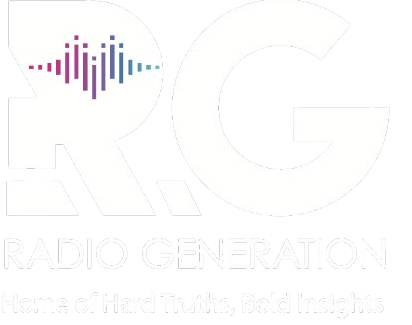Private sector sees strongest growth in 10 months as new orders surge

Kenya’s private sector experienced a notable turnaround in March, posting the fastest improvement in business conditions in almost a year, as new orders climbed and companies ramped up production to meet growing demand.
According to the latest Stanbic Bank Kenya Purchasing Managers’ Index (PMI), the headline index rose to 51.7 in March, up from 50.6 in February.
This marked the strongest performance since May 2024 and exceeded the series average of 51.2. A reading above 50.0 indicates growth compared to the previous month.
Firms across several sectors reported a sharp rise in new business inflows, driven by customer acquisition, improved marketing efforts, and better weather conditions.
The surge in demand was the strongest recorded in over two years.
However, some companies continued to grapple with challenges linked to tight consumer cash flows and inflation.
Despite these pressures, the increase in new orders and output was notable across sectors such as services, wholesale, and retail.
“However, the upturn was not broad-based, with some firms and certain sectors feeling the downside of weaker consumer demand,” said Standard Bank economist Christopher Legilisho, who spoke to the Daily Nation.
“Still, there were robust expansions in output and new orders across several sectors, such as services, wholesale, and retail. Only the manufacturing sector exhibited soft demand. Still, there was increased purchasing activity as well as increased inventories in the private sector in March," he added.
March also saw the fastest increase in business activity since May 2024, supported by rising sales and higher production levels in most sectors, even as manufacturing continued to lag behind with drops in both output and new orders.
Input purchases rose sharply as businesses responded to demand growth, with March recording the steepest rise in input buying in two and a half years.
This came even as overall capacity pressures remained low, with only a slight increase in outstanding work.
Firms made only modest adjustments to staffing levels despite the heightened activity, reflecting cautious hiring in the face of persistent uncertainty about the outlook.
Pricing trends during the month also showed signs of easing. Input and purchase price pressures were the weakest seen in five months, while average selling prices recorded only marginal increases.
“Staff costs rose only slightly. The agricultural and construction sectors were key in driving increases in input prices, but manufacturing input costs declined, contributing to output prices rising only marginally. Kenyan businesses remain uncertain about future output expectations,” Legilisho said.
The data also shows inflation softened for the third consecutive month.
The indices tracking both input and output price increases dropped to their lowest point since October 2024.
While some firms raised prices due to higher material costs and taxes, others reduced their fees in a bid to attract more customers.
Despite the improvements, sentiment among businesses remained cautious.
Uncertainty about future conditions and mixed performance across sectors left many firms unsure about the coming months.
The latest data paints a picture of a recovering private sector, bolstered by stronger demand and better weather, but still navigating through uneven consumer trends and inflation concerns.
